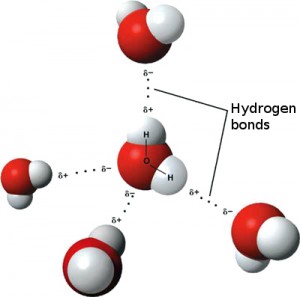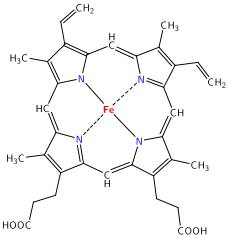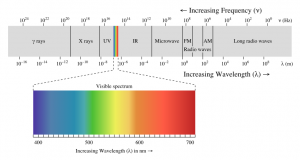A few years ago I came across a very interesting video from a man talking about some mysterious white powder gold that seemed to ring true (at some level) with me. I don’t remember the original video (and thus I don’t have a link to it), but here is a link to the first of many YouTube clips that make up the lecture I heard.
David Hudson lecture on YouTube
I have to admit that this lecture sparked my curiosity and a couple years later I’m still researching aspects of what he talked about. If you have the time, well, if you’re here you probably have the time, I’d recommend giving it a listen or reading a transcript or two.
If you’re looking for a transcript, the website asc-alchemy has a bunch of them all strung together. You can find them here.
The thing that caught my attention, today, can be found in the Superconducting section of the first transcript and it reads:
Now this takes a little explaining because one spin one half electron plus one spin one half electron are two particles. Yet when these two particles become perfectly paired as mirror images of each other they lose all particle aspects and they become nothing but pure light. … [bolding mine]
We’ve seen what light can do to molecules. Specific wavelengths of light (electromagnetic energy) can elevate electrons into higher orbits that allow for the formation of molecules like sugar. What David Hudson seems to be saying is that a superconducting atom (or atom pair) have electrons that stop acting like normal electrons, but acting like light – or a source of light.
If his work really was truthful, he also experimented to see if there were biological links. Looks like he found some:
So we went down to A. J. Bayless and got ourselves some cow’s brains and some pig’s brains. We carborized these brains in fuming sulfuric acid. That was a really raunchy thing to do but it was the only way we knew to do it. We weren’t organic chemists, we were inorganic chemists so we destroyed the carbon, carborized it, added nitric-nitric-nitric acid, kept taking it down to fumes of sulfuric more nitric, fumes of sulfuric, more nitric till we got rid of all the carbon. Then water, water, water till we got rid of all the nitrous compounds. Then we did a metal sulfate analysis. Did you know that over five percent by dry matter weight of the brain tissue is rhodium and iridium in the high spin state? [bolding mine]
He then continues with:
Did you know that the way cells communicate with each other is by superconductivity? That the U.S. Naval Research Facility knows that the way cells communicate with each other is by superconductivity? That they have actually measured it using SQUIDS? Superconducting Quantum Interference Devices with a superconducting ring around the body. And they have seen by this procedure that literally light flowed between cell to cell to cell to cell. Did you know that your nerve impulses are not electricity that they travel closer to the speed of sound than they do to the speed of light? And electricity travels closer to the speed of light? Do you know what speed the superconducting wave travels? The speed of sound. This, in fact, is what is in your body that we call the consciousness. It’s what separates you from a computer.
It literally is the light of life. This is that part of your body that has been there all of this time, that scientists can’t find because their instruments can’t see it. They call it carbon because it has no absorption or emission spectra and they assume therefore that it is carbon when, in fact, it isn’t carbon. That there are 11 elements that it could be but primarily rhodium and iridium are the elements that are in your body right now. And that literally they resonance connect and literally flow the light of life perpetually in your body. And around your body you have a non polar magnetic field which is called the Meissner field or they refer to it as the aura. [bolding mine]
This last little bit opens the doors for investigation. The idea that the body could produce a non polar magnetic field, which is the aura, is a bit different then what I’d think it was based upon the body’s ability to break down sugar with releases light (electromagnetic energy) – which might be seen by the correct sensitive equipment.
What’s more interesting is that if these superconductive atoms are in our bodies, how might our bodies use them? And, probably more important, if these atoms are light (electromagnetic energy) sources, might some functions within our bodies need this type of electromagnetic energy to function properly?
He also makes mention of magnetic fields, electricity and how superconductors can store energy (and release energy). There is mention that to get electricity through a wire, you need voltage. Yet, to get it into a superconductor, you have to apply voltage at just the right frequency. Well, this makes me think just a bit, if superconductors can take or give light and if your body can break down molecules of sugar to release light, might these superconductive atoms act like batteries storing the light?
It’s worth thinking about, thus it’s worth posting. I’ll think about this some more to see if there are other ideas I can post about this.







